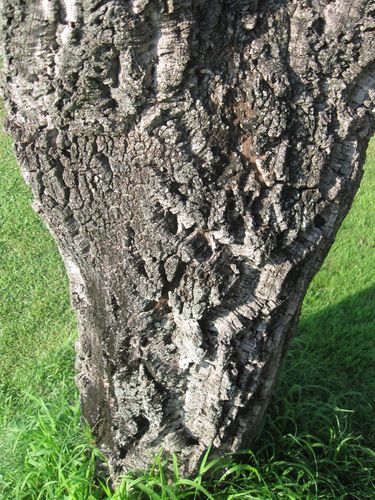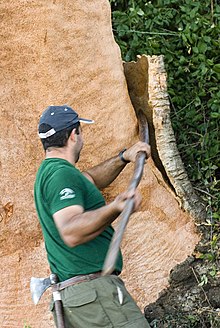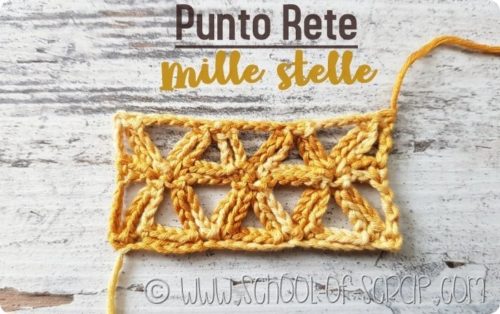Foto 1. SARDEGNA 2013
Stappando una bottiglia di vino, ancora meglio di spumante (buono , naturalmente) non vi siete mai domandati da dove viene quel tappo di sughero ?Ma certo che sì ! ma tante cose si imparano specie se si ha l'opportunità di vedere da vicino e toccare con mano una pianta da SUGHERO , una Sughera insomma , meglio ancora usando il termine corretto in botanica , la Quercus Suber .
Eccola in foto 1, grande ed imponente e probabilmente con qualche decina di anni di vita sulle spalle!
Il sughero non è altro che un tessuto pluristrato e formato da tante cellule diposte in modo regolare (foto 2) , in file sovraposte e senza spazi fra l'una e l'altra : guardando al microscopio un pezzo di sughero preso dalla corteccia dell'albero sembra di vedere un... alveare , perfettamente suddiviso in cellule.(foto 9)
Con la sua struttura molto compatta, il sughero è impermeabile , rallenta il passaggio del freddo alla pianta e neppure permette ad insetti di penetrarvi , e resistente al fuoco .
Il sughero viene estratto solo nel periodo Maggio-Agosto su piante che hanno almeno 25-30 anni di vita, ogni 9 anni . I primi due tagli producono generalmente solo sughero di bassa qualità o maschio . gli estrattori, coloro che separano il sughero dalla pianta , utilizzano un ascia che infilano fra lo spessore del sughero e il tronco facendo leva verso l'esterno (foto 3)facendo tuttavia in modo di non danneggiare il tronco della pianta .
Le più alte percentuali di sughero si registrano in Portogallo, Spagna , Italia . in Italia in particolare in sardegna , nel Distretto di Calangianus , in Gallura dove si produce sughero per il settore della bio-edilizia,dell'industria vinicola (foto 5) , dell'arredo, dell'artigianato (foto 6) ma anche per l'abbigliamento (suola per scarpe foto 8) e giocattoli .
Quindi una pianta importantissima per tutto quello che ci può dare e perchè ... dà anche lavoro a tante persone !
♥♥♥♥♥
While opening a bottle of wine or better a fine sparkling wine have you ever wondered
where does that cork come from? yes, of course! but many things could
be learnt, specially if you have the opportunity to see closer and touch a Cork tree , a Cork Oak in short,
and for using the correct botanic term , a Quercus
Suber .
Here is the Cork tree in photo 1, large and impressive and probably with some dozens of years of life on the shoulders!
The cork is nothing more
than a multilayer coat formed of many cells displayed in a regular manner (photo 2), in regular superimposed rows while no space is left between the one and the other: looking at the
microscope a piece of cork taken from the bark of the
tree , it seems to see a ... hive, perfectly divided into cells.(photo 9)
With its very
compact structure, cork is waterproof,
it slows the passage of cold inside the plant and even
keeps insects off the plant and it is also fire-resistant.
The cork is extracted only in the period from May to August on plants that have at
least 25-30 years of life and extracted every 9 years. The first
two cuts generally produce only low quality cork or male.
The extractors separate the cork from the plant using an ax which is placed between the thickness of the cork and the trunk and levered outwards (photo 3). However , the extractors must pay attention to avoid damaging permanently the whole tree .
The highest percentages of cork are recorded in Portugal, Spain,
Italy. Particularly in Italy in Sardinia, in the District of Calangianus, in Gallura which produces cork for : the green
building sector , the wine industry (photo 5), furnishings, crafts (photo 6), but also for
the clothing (for sole shoes photo 8) and toys sectors
.
Such an important tree for all what we can get from and because it also
gives work to many people!
♥♥♥♥♥
En ouvrant une bouteille de vin,encore mieux s'agissait d'un bon Champagne , Vous ne vous etez jamais posé la question d'où
vient ce bouchon ? Mais bien sûr que oui! mais beaucoup de choses
peuvent etre appris si on a aussi l'occasion de voir et toucher un chêne-liège ou bien , pour utiliser le terme correct en botanique, un
Quercus Suber .
Ici, le Liège en photo 1, grand et impressionnant, et probablement avec quelques dizaines d'années de
vie sur les épaules!
Le liège n'est rien de plus qu'un
tissu multicouche et formé de nombreuses cellules disposées de manière régulière (photo 2), en rangées surposées et où il n'y a aucun espace entre l'une et l'autre: regarder au microscope un morceau de liège prise de l'écorce de l''arbre: il semble de voir un ... ruche,
parfaitement divisée en cellules8foto 9)
Grâce à sa structure très compacte, le liège est imperméable à l'eau, il ralentit le passage du froid dans de le tronc de l'arbre
et évite que les insectes pénétrer dans le tronc, et
il est aussi résistant au feu.
Le liège n'est extraite que dans
la période de Mai à Août sur les arbres qui ont au moins
25-30 ans de vie et tous les 9 ans. Les deux premières coupes produisent généralement liège de faible qualité ou mâle
. Les extracteurs, ceux qui séparent l'ècorce de la plante, en
utilisant une hache qui a attiré entre l'épaisseur du liège
et le tronc faisant levier vers l'extérieur (figure 3). Toutefois, ils doivent faire attention de ne pas endommager le tronc de la
plante.
Les pourcentages les plus élevés de liège sont enregistrées au Portugal, en Espagne, en Italie. Notamment en
Italie, en Sardaigne, dans le district de Calangianus, en Gallura , la règion qui produit du liège pour le domaine de l'industrie du
bâtiment vert, l'industrie du vin (photo 5), l'ameublement,
l'artisanat (photo 6), mais aussi pour les vêtements (photo 8) et des jouets.
Voilà un arbre très important pour tout ce que nous pouvons avoir et parce que ...il donne aussi du travail à beaucoup de gens!

Foto 2
Foto 3 (from Wikipedia)
Foto 4 -Sardegna 2013
Foto 5 - Sardegna 2013
Foto 6 - Sardegna 2013

Foto 7
Foto 8

Foto 9
Alcuni regali che mi ha fatto l'articiano sardo in Foto 6 : bottiglia di mirto decorata e ciotola portaanelli
Some gifts that the Sardinian craftman in photo 6 gave me : a decorated and cork-folded bottle of excellent Myrth of Sardinia and a cute little bowl to collect my rings
Quelques cadeaux que l'artisan en Sardaigne(photo 6) m'a fait cadeau : une jolie bouteille recouverte en liège et avec du liqueur de Myrte de Sardaigne et une super jolie bol porte-bagues



















